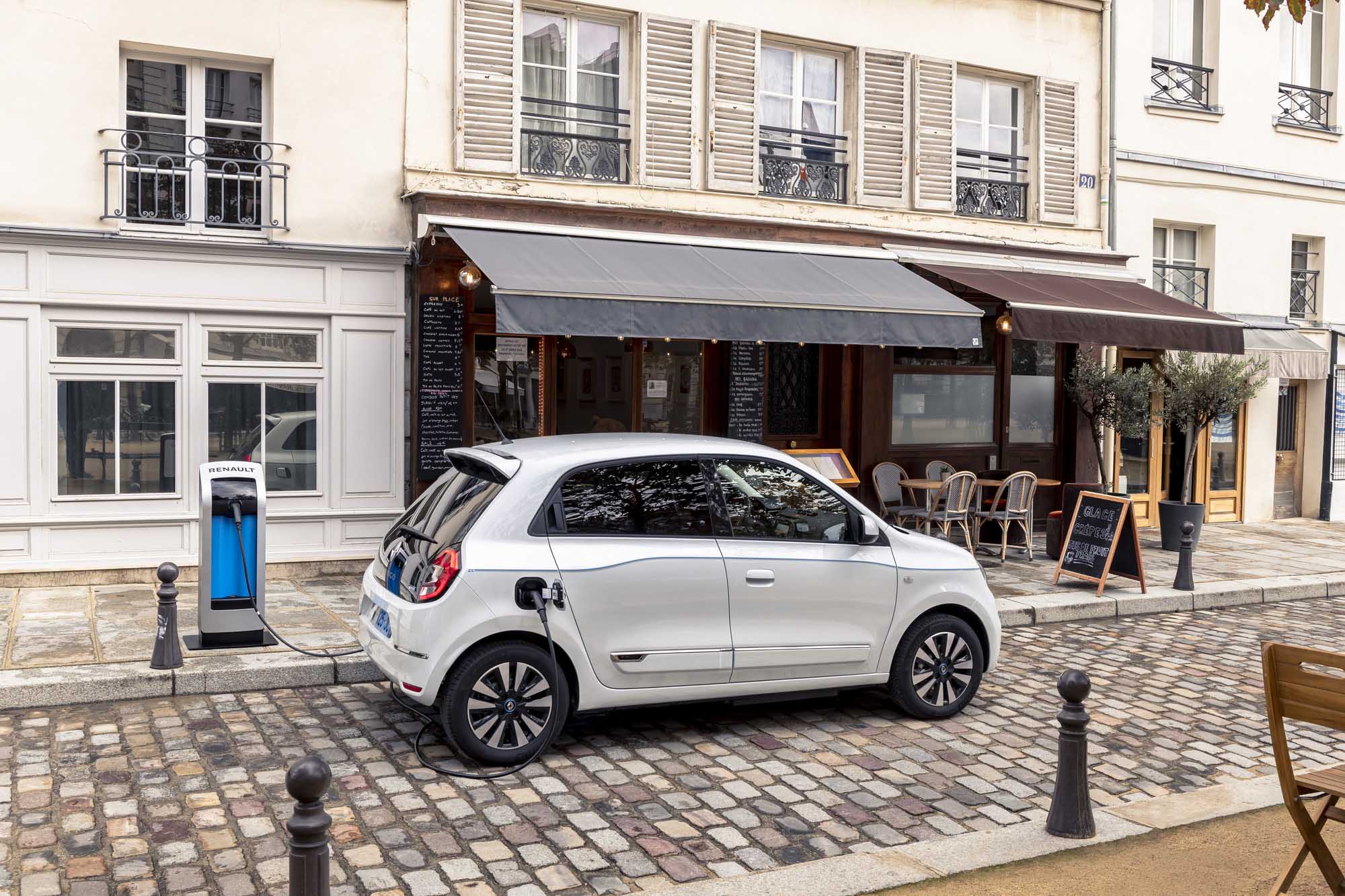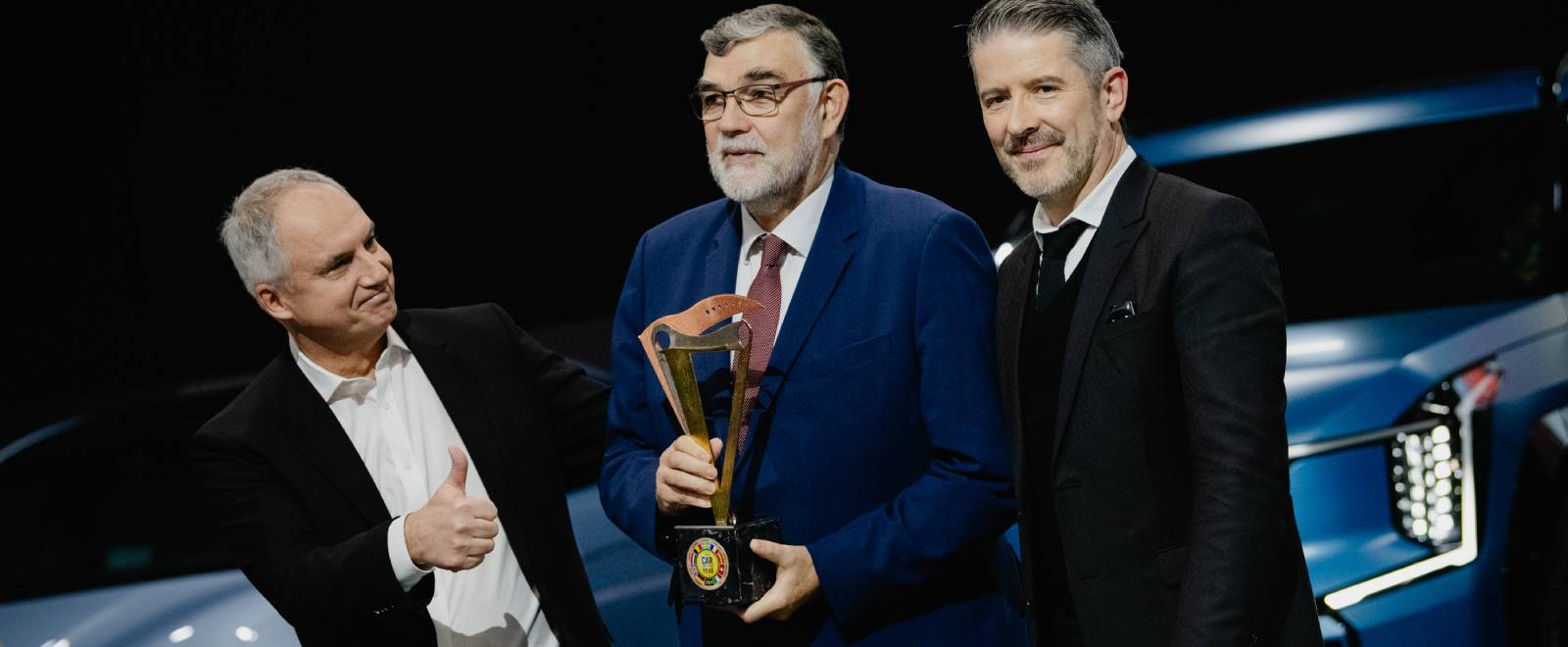

How long does it take to “fill up” an electric vehicle? For several years now, manufacturers have been vying for the most ingenious way to achieve the fastest possible charge. But overall, the electric car charging time depends on several elements.
What determines an electric vehicle’s charging time?

The wattage of an electric vehicle charging station
This is definitely the most determining factor, not least because the wattage of an electric vehicle charging station can vary significantly: from 2.3 kW to 250 kW. It depends on the connector types and charging modes of installation: a domestic power outlet, a Wallbox, a public charging station or a rapid charging station located, for example, at electric highway charge points.
The capacity of an electric vehicle’s battery
Given in kilowatt hours (kWh), the capacity of the battery determines the vehicle’s range, i.e. the longest distance it can cover between charges. For example, by going from a 41 kWh battery to a 52 kWh battery, the Renault ZOE has increased its range by nearly 100 kilometers WLTP*.
Obviously, the larger the battery capacity, the longer the vehicle’s range, and the more time it takes to fully recharge the battery. So, on the same charging station, an electric car with a range of 100 kilometers WLTP* will reach full charge faster than one with a range of 300 kilometers WLTP*.
Plus, to reach optimal recharging frequency it is sometimes wise to only partially recharge the battery. This is because it is proportionally faster to charge the first 80% of the battery than the remaining 20%. For example, during a break at a charging zone on the highway, ZOE and its Z.E. 50 battery can go from 30% to 80% charge in just 42 minutes using a rapid charging station.
The charging cable
Aside from the occasional-use charging cable, which is generally supplied by the manufacturer and can be plugged into a standard domestic power outlet, a different type of charging cable is needed to use the various types of electric vehicle charging stations. Not all models can withstand the same wattage, and some (single-phase charging cables) are limited to 7.4 kW.
Weather conditions
Your electric vehicle’s charging time can potentially take longer when temperatures are very low. Conversely, high temperatures can result in a temporary pause in charging as a safety precaution so as to prevent overheating.

Charging time on a Wallbox
There are two ways to charge your electric vehicle at home. The first, and recommended, option is to have a Wallbox installed in your home. This is a wall-mounted box connected to the electrical panel via a dedicated circuit. The result: safer and faster vehicle charging. With 3.7 kW, 7.4 kW or even 22 kW (three-phase) wattage, the Wallbox delivers a far better performance than a standard power outlet.
Charging time on a domestic power outlet
The second option consists of plugging your vehicle directly into a domestic power outlet using the charging cable provided by the manufacturer (such as the Renault flexi-charger). This solution is cheaper, but it is also the slowest since the power supply wattage is limited. It may take more than 24 hours for the battery to reach full charge, depending on the vehicle and battery size. The exception to the rule is the Renault Twizy, which reaches full charge in 3 hours 30 minutes when plugged into a standard power outlet.
Using a domestic outlet can be a stopgap option but, if you don’t want to invest in a Wallbox installation, the solution is in a secure Green’up socket designed for electric car charging. On ZOE, for example, this provides a battery charge of 80% when plugged in for 15 hours.
Charging time at a public charging station
Public electric vehicle charging stations, which can be found for example in some parking lots or near shopping centers, have a similar design to the Wallbox. They offer comparable performances (from 3.7 kW to 11 kW to 22 kW), with a charging time that varies depending on the wattage that the car can handle.
Charging time on a fast charge station
Fast charging stations, which are most commonly found at filling stations or highway service stations, make it possible to charge an electric vehicle in a particularly short time. These fast charge stations’ wattage is very high – from 50 kW to some 250 kW for those known as “rapid” charge stations (which use direct current, compared to alternating current for the others.) However, since electric cars vary in terms of their ability to withstand high-wattage charging, the charging time can differ between models. Good news: in Europe, fast charge stations are set to continue growing in number. For example, the E-Via program, backed by Groupe Renault, aims to roll out a corridor of fast charge (50 kW) stations across Italy, France and Spain.
Renault ZOE charging time
With its Z.E. 50 battery, the most recent ZOE features a higher battery capacity than its predecessor (having gone from 41 kW to 52 kW), and there are also new developments to highlight as regards charging. Its charging hatch now houses a Combo plug (CCS) in which a European standard socket (Type-2, for AC charging) and two-pin connector (for DC charging) are located. On a Wallbox with 7 kW wattage, it takes less than 9 hours 30 minutes to reach full charge, i.e. 395 kilometers WLTP*. It will reach enough charge for a range of 125 kilometers WLTP* in one hour at a 22 kW charging station, and in two hours when plugged into an 11 kW charging station.
The Renault ZOE now also comes with a second connector enabling direct current (DC) fast charging. This means that it can withstand wattage of up to 50 kW. That being the case, the 2019 generation of ZOE will only need a 30-minute charge to reach a range of 150 kilometers WLTP*.
Not forgetting ZOE’s onboard Caméléon charger, which can get the maximum power for 22 kW AC charge stations (particularly common in public spaces). This allows ZOE to charge 6 times quicker than other vehicles!

How do you charge an electric car at a charging station?
Wondering how to recharge an electric vehicle? Thankfully, it’s far from complicated. Charging stations are designed to be user-friendly. At home, whether on a domestic outlet or a Wallbox, the charging cable is simply plugged into your electric vehicle on one end, then into the electric outlet on the other, just like a regular electrical device. Easy! The process is similar with public charging stations, but you may need a code, access pass and/or mobile application to pay or register.
Depending on your electric vehicle and the type of public charging station, you may also require an adaptor — for example to plug in a car with a Type 2 connector into a public charging station equipped with the old Type 3 socket — although this has become increasingly rare with the introduction of the Type 2 connector as a European standard.
Tethered and untethered vehicle charging cables
At direct-current rapid charge stations, often found at highway rest points and gas stations, you’ll find that the charging cable is always tethered (attached) to the station (or “dock”), much like a gas pump. The alternating-current fast charging stations that are a common sight on city streets and in supermarket parking lots can be either tethered or untethered (you use your own charging cable to plug into the station.) Slow charging stations, or domestic outlets, usually — although not always — also require you to use one of the cables supplied with your electric car.
How much does it cost to charge an electric car?
Driving an electric car can be particularly interesting for your wallet when it comes to vehicle charging costs, especially thanks to smart charging at home. This technique involves charging your electric vehicle at home when demand for electricity is low and therefore costs less.
Calculating the cost of charging an electric vehicle at home can be done by multiplying its total battery capacity by the price per kilowatt-hour. In Europe, this equates to between 2-4 euros for 100 kilometers when charged at home on a Wallbox-type installation (3.71 euros on average in Europe for 100 kilometers on a Renault ZOE). Compare this to a combustion-powered vehicle, which consumes around 7 liters per 100 kilometers, or 10 euros.
On the road, the cost of charging your electric vehicle depends on the type of charging station. Different countries also vary with how users pay for charging their electric vehicle. In France, for example, you are billed for the time your vehicle charges, whereas in the UK and Germany you pay by the kilowatt-hour or based on the power of the charging station. As an approximation, a 30-minute rapid charge costs around 8 euros in Europe.
The way you use your car combined with their battery capacity also influences how much you’ll end up paying for electricity. The versatile ZOE and city car Twingo Z.E., for example, both only need one charge on average per week, despite their different battery sizes (52 kWh for ZOE vs. 22 kWh for TWINGO Z.E.) because of the ways they are typically driven.
How often should you charge an electric car?
One of the most common questions potential electric vehicle drivers ask is how often they should charge their vehicle in order to get the most life out of the battery. But these days the batteries used in electric vehicles are far more efficient than those used in cell phones! In fact, modern electric car batteries are designed specifically not to overcharge or overheat. At home on a Wallbox-type device, they stop charging when at 100%, or if the temperature is too high, to prevent battery wear.
With a Renault electric vehicle there’s no need to adapt your behavior to the vehicle. For the average electric vehicle user like ZOE, an overnight charge is enough for the weekly commute or a weekend excursion. Even if the range isn’t sufficient for all of your activities, modern urban infrastructure offers a multitude of charging options to suit your lifestyle. Where possible, aim to keep your electric vehicle’s battery at between 20-80%, depending on your needs, with regular top-ups.
When it comes to leaving your electric vehicle stationary for an extended period of time, Renault recommends charging the battery to between 20-50% so as not to wear out the battery cells, but to leave enough to power the smaller batteries in the car.
* The duration and distances mentioned here are calculated from results obtained by New ZOE during the WLTP (Worldwide Harmonized Light Vehicles Test Procedure, standardized cycle: 57% urban driving, 25% suburban driving, 18% highway driving), which aims to represent the actual conditions of a vehicle’s use. However, they cannot foresee the type of journey after recharging. The charging time and recovered range also depend on the temperature, the degree of battery wear, the amount of power delivered by the charging station, driving style and the level of charge.
Read also




